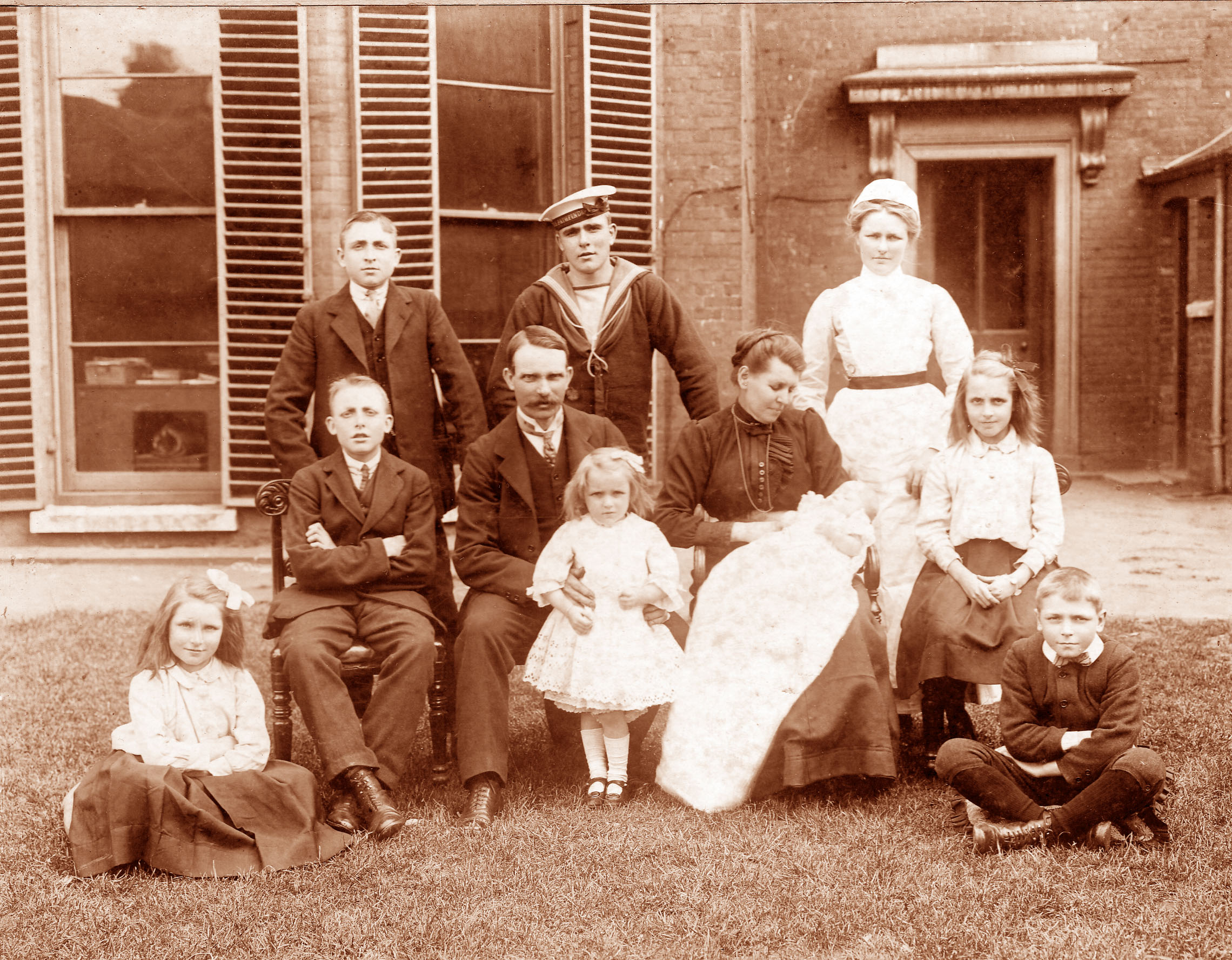Pte
Hugh Frederick John Austin
Informationen zu Geburt
|
Geburtsdatum: 01/10/1897 |
|
Geburtsort: Canterbury, Kent, England, Vereinigtes Königreich |
Informationen zum Armeedienst
|
Land: England, Vereinigtes Königreich |
|
Truppe: British Expeditionary Force |
|
Rang: Private |
|
Dienstnummer: CT/24700 |
|
Einberufung ort: Canterbury, Kent, England, Vereinigtes Königreich |
|
Einheiten: — The Queen’s Own (Royal West Kent Regiment), 1st Bn. (Letzte bekannte Einheit) |
Informationen zu Tod
|
Sterbedatum: 04/10/1917 |
|
Sterbeort: Polderhoek, Belgien |
|
Todesursache: Im Kampf gefallen |
|
Alter: 20 |
Gedenkstätte
|
Tyne Cot Memorial Tafel: 107A |
Auszeichnungen und Orden 2
|
British War Medal Medaille — 25/11/1920 |
|
Victory Medal Medaille — 25/11/1920 |
Punkte von Interesse 3
| #1 | Geburtsort | ||
| #2 | Einberufung ort | ||
| #3 | Ort des Todes (ungefähr) |
Meine Geschichte
The 5th Division attacked on the 4th of October 1917 with two Brigades, the 13th Brigade with the 1st Royal West Kents and the 2nd King’s Own Scottish Borderers, and the 95th Brigade with the 1st Devons and the 1st Duke of Cornwall’s Light Infantry, the 1st East Surreys in support and the 12th Gloucesters were in reserve. The 1st Royal West Kents were in the frontlines with the Battalions right resting on the Menin Road with the King’s Own Scottish Borderers on its left, just South of the Reutelbeek. The Battalion endured two German counterattacks and heavy shelling during the night and the morning of the 3rd and 4th of October, but they held their line valiantly. At 5.30 a.m. the Battalion’s companies were lined up to attack the German positions. Their attack was aimed at Polderhoek Chateau and its vicinity. Although the Battalion had no precise objectives, for the Germans were not holding any well-defined lines, but were relying on a chain of pill-boxes and shell holes. When the British barrage came down at 6 a.m. the Battalion moved forward. The going was tough, mainly due to the muddy terrain. However the German opposition wasn’t that fierce, because their counter-barrage fell well behind the advancing troops. At 6.32 a.m. A and B companies had reached their objective. Nonetheless the attack soon took a turn for the worst. At 7.25 a.m. it was reported that C company had suffered severe casualties from a German pillbox, just South of the Menin Road (probably Lewis Farm), which the 37th Division hadn’t taken out. Once C company had passed and when they had reached their objective, the pillbox opened fire into the companies back, causing severe losses. At 7.35 a.m. it was reported that the British artillery was shelling A company. During the whole attack the Germans kept shelling the ‘no man’s land’ and the British frontline plus the Battalion Headquarter. The heavy shelling and the exposed right flank made the situation almost desperate. An available platoon of D company and extra Lewis gun teams were brought up to form a defensive line on the right. When the remainder of D company also reinforced the right flank the Battalion was able to consolidate their line. Throughout the day shelling remained intense. At 8.10 a.m. a company of the 14th Warwicks arrived at the lines with extra ammunition, much needed in case of a German counterattack. The 1st Battalion Royal West Kents had won their objectives, but paid a heavy price. The casualties were estimated at 450 other ranks. More than half the Battalion was either wounded, went missing or was killed during the attack. Private Hugh Frederick John Austin was one of the men who lost his life during the attack on the 4th of October 1917 on Polderhoek Chateau.
Quellen 3
|
"The Queen's Own Royal West Kent Regiment 1914-1919", Atkinson C.T., Uckfield, Naval & Military Press, 2006, pg. 291-295. Verwendete Quellen |
|
"The Third Ypres Passchendaele. The Day-by-Day Account", McCarthy C., London, Arms & Armour Press, 1995, pg. 97-100. Verwendete Quellen |
|
1 Battalion Queen's Own (Royal West Kent Regiment) (The National Archives, KEW (TNA), WO 95/1555/1). http://nationalarchives.gov.uk Weitere Quellen |
Weitere Informationen 3
|
Commonwealth War Graves Commission Database https://www.cwgc.org/find-records/find-war-dead/casualty-details/846591 |
|
Namenlijst (In Flanders Fields Museum) https://namenlijst.org/publicsearch/#/person/_id=d895087b-1a2d-4115-9256-dd4dd04bc52f |
|
Lives of the First World War (Imperial War Museum) https://livesofthefirstworldwar.iwm.org.uk/lifestory/105246 |
